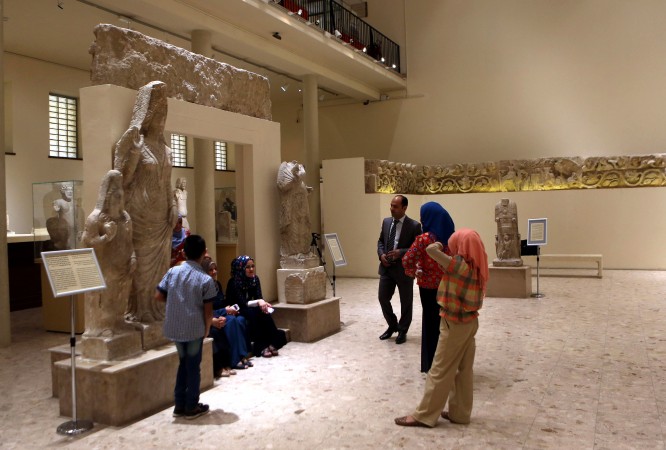Art & Exhibitions
National Museum of Iraq Reopens After Ten Years


Sarah Cascone

The National Museum of Iraq, heavily looted in 2003 after the US invasion of Baghdad, partially reopened last week, unveiling two newly renovated halls, reports Reuters. It had previously remained closed to the public, save for a handful of occasions, due to security concerns.
Now on display are over 500 artifacts, predominantly from the Hellenistic period (312–139 B.C.), including a number of life-size statues from Hatra, a United Nations Educational, Scientific and Cultural Organization (UNESCO) World Heritage Site built by the Seleucid Empire in the second or third century B.C. The museum’s collection spans 7,000 years of history in Mesopotamia, a region known as the cradle of civilization, covering the ancient Babylonian, Sumerian and Assyrian civilizations.
The reopening comes on the heels of increased violence in the region at the hands of Sunni militant group Islamic State of Iraq and Syria (ISIS), which has seen the destruction of many important cultural and archaeological sites deemed to be idolatrous or from non-Islamic religions. (See artnet News reports Are More Monuments Under Threat From ISIS? and ISIS Destroying Iraq’s Cultural Heritage One Site at a Time for more.)
Despite unrest in other parts of the country, the inauguration of the new halls attracted many visitors. Qais Rashid, head of the state-run Museum Department, told Reuters that the new exhibition contains some artifacts that have been recovered following the widespread looting over decade ago. At the time, the US was criticized for failing to take measures to protect the museum collection during the invasion.